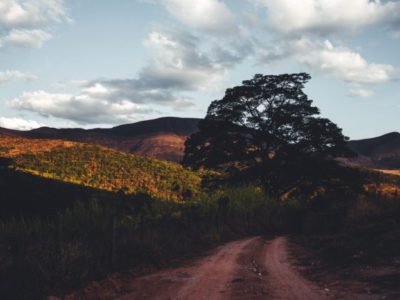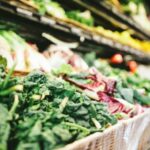The traceability of materials through the supply chain is essential for companies working to decarbonize.
Traceability isn’t a new idea. Both Fair Trade coffee and Marine Stewardship Council salmon track goods to the farm or fishery.
However, transparency is difficult due to the complexity of supply chains. Today, about 70% of international trade involves global value chains. Raw materials, parts, and components cross borders – often more than once. And raw materials turned into final products, are shipped worldwide often with little record-keeping on greenhouse gas (GHG) emissions.
However, recently multiple new initiatives and products have been developed to track carbon through supply chains and are in the process of adoption.
Yet, as data quickly becomes available, comparisons between products and materials may still be challenging without standardization and verification.
To show how essential traceability is to sustainability, we’ll look at an example of how traceability can impact deforestation. Forests are important because it doesn’t look like there is a pathway to limiting global warming to 1.5°C without stopping forest loss. The Intergovernmental Panel on Climate Change (IPCC) estimates that 11% of global GHG emissions are from deforestation and the loss of natural ecosystems.
WBCSD’s Soft Commodities Forum (a soft commodity is a grown commodity rather than mined or extracted) is a collaboration of six companies, all major agricultural businesses. Their goal is to eliminate soy-driven deforestation and the destruction of natural vegetation from their supply chains. The project’s focus is the Cerrado Biome. It is an ecological area about the size of a fifth of Brazil’s territory. Comprised of savannas, grasslands, and dry forests in the highlands of central Brazil, it is rich in biodiversity. And it supports the livelihood of thousands of soy producers.
In Brazil, soybean production has grown since the 1970s to cover approximately 35 million hectares, which is a third of the total area of global soybean cultivation. Local demand for soy and exports to countries like China create economic pressure to convert forests to cropland. Tracing soy to the farm enables companies to determine if a particular shipment of soy is linked to deforestation due to the conversion of forest to cropland.
Through regular publications, the Forum has announced that the soy supply chain from this region is 98% traceable for direct suppliers. And they continue to refine their work by:
- developing a methodology for suppliers working in joint ventures,
- developing a verification process, and
- creating a shared engagement and investment strategy for priority landscapes.








